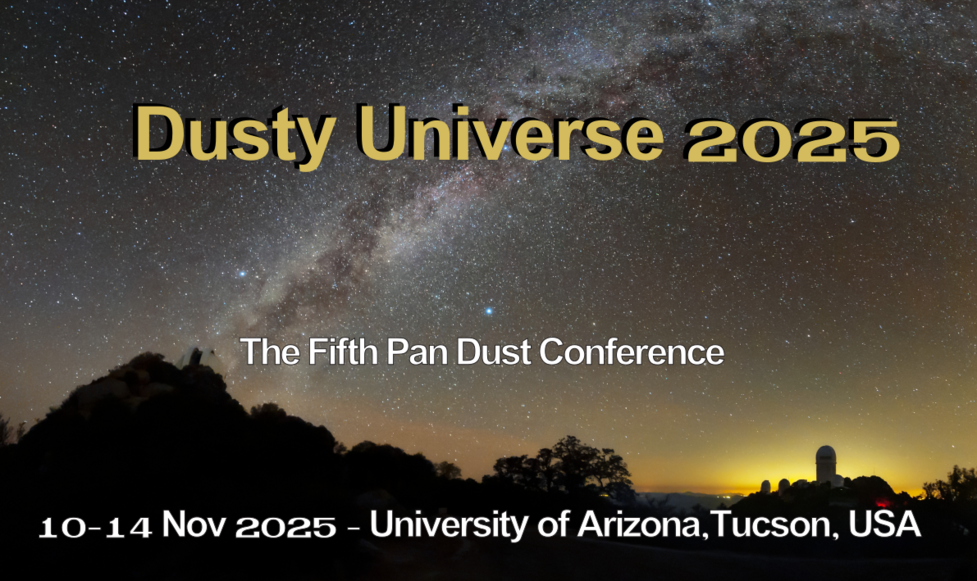The chemical abundances of the ISM both in local and distant galaxies can be measured in unique detail with rest-frame UV absorption-line spectroscopy of stars (in the local Universe), or distant Quasars and gamma-ray bursts (out to z~7 so far). Large fractions of metals - specially the refractory ones with high condensation temperatures - are missing from the observable gas-phase ISM, because they are instead incorporated in dust grains. This phenomenon is called dust depletion. Because different metals have different tendencies to be incorporated in dust grains, the ISM relative abundances of different metals can be used to measure dust depletion. This allows the study of dust depletion at high-z, where no reference metallicities are available, as well as in individual (groups of) ISM clouds. The similar trends of dust depletion sequences among different environments throughout cosmic time and the increase of the dust-to-metal ratio with metallicity suggest that dust grain-growth in the ISM is an important process to build up dust. I will discuss the latest results derived from the study of dust depletion: the dust composition (which includes substantial amounts of Fe, more than what pure silicates can carry); the dust extinction derived from the depletion (which in some environments agrees well with Av, but not where UV bumps are observed); and the build up of dust and metals with cosmic time.

|
|
|
|
Extragalactic ISM Metal and Dust Elemental Abundances
1 : European Southern Observatory
|
 PDF version
PDF version
